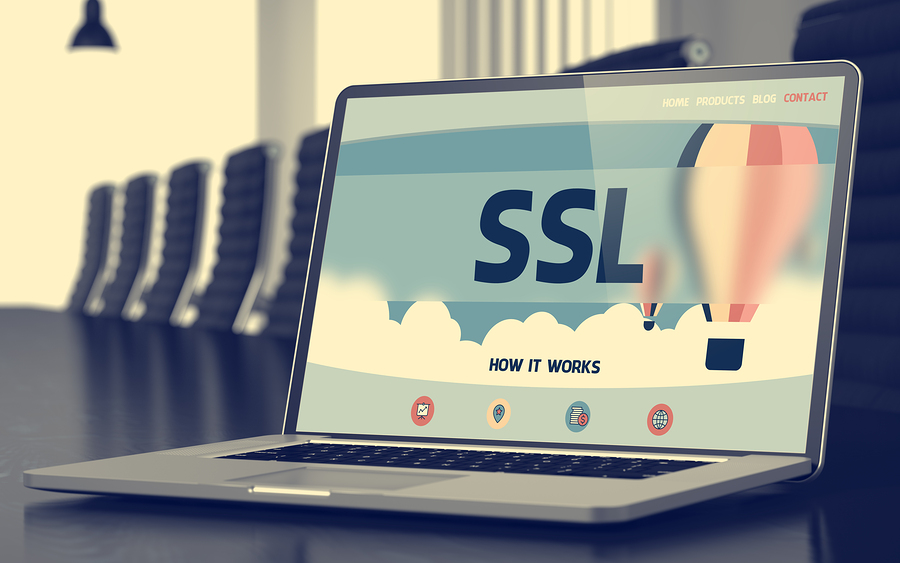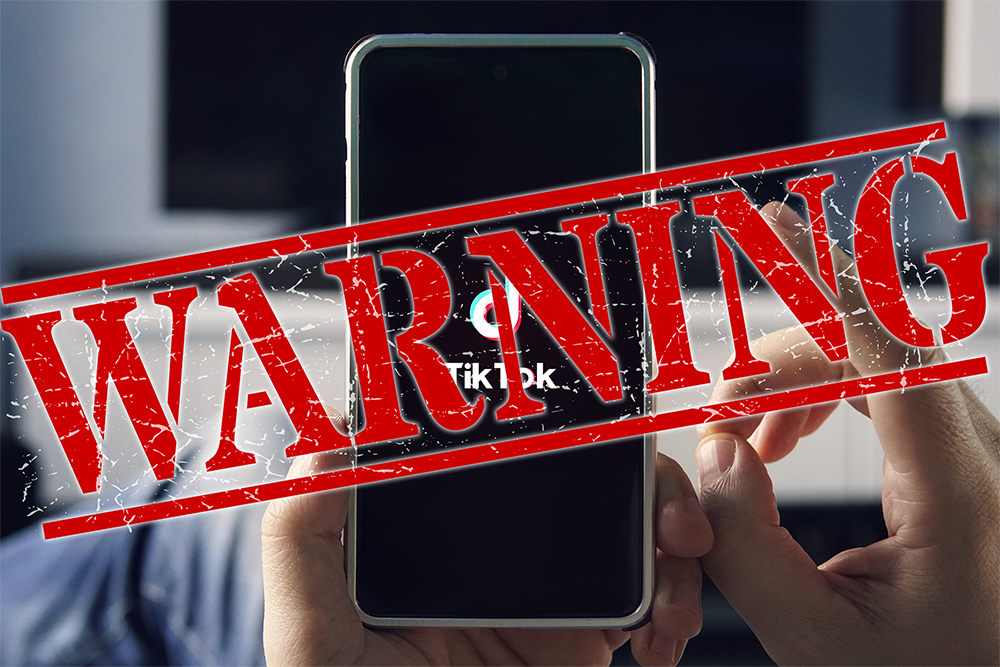ChatGPT and Why You Should be Cautious
{"@context": "https://schema.org", "@type": "BlogPosting", "@id": "https://lifeinmotion.com/chatgpt-and-why-you-should-be-cautious/#article", "headline": "ChatGPT and Why You Should be Cautious", "description": "In recent news, the AI-powered chatbot, ChatGPT, made headlines for exposing confidential conversations of its users, raising concerns about privacy and data security. Developed by OpenAI, ChatGPT", "url": "https://lifeinmotion.com/chatgpt-and-why-you-should-be-cautious/", "datePublished":...








